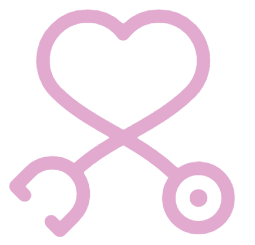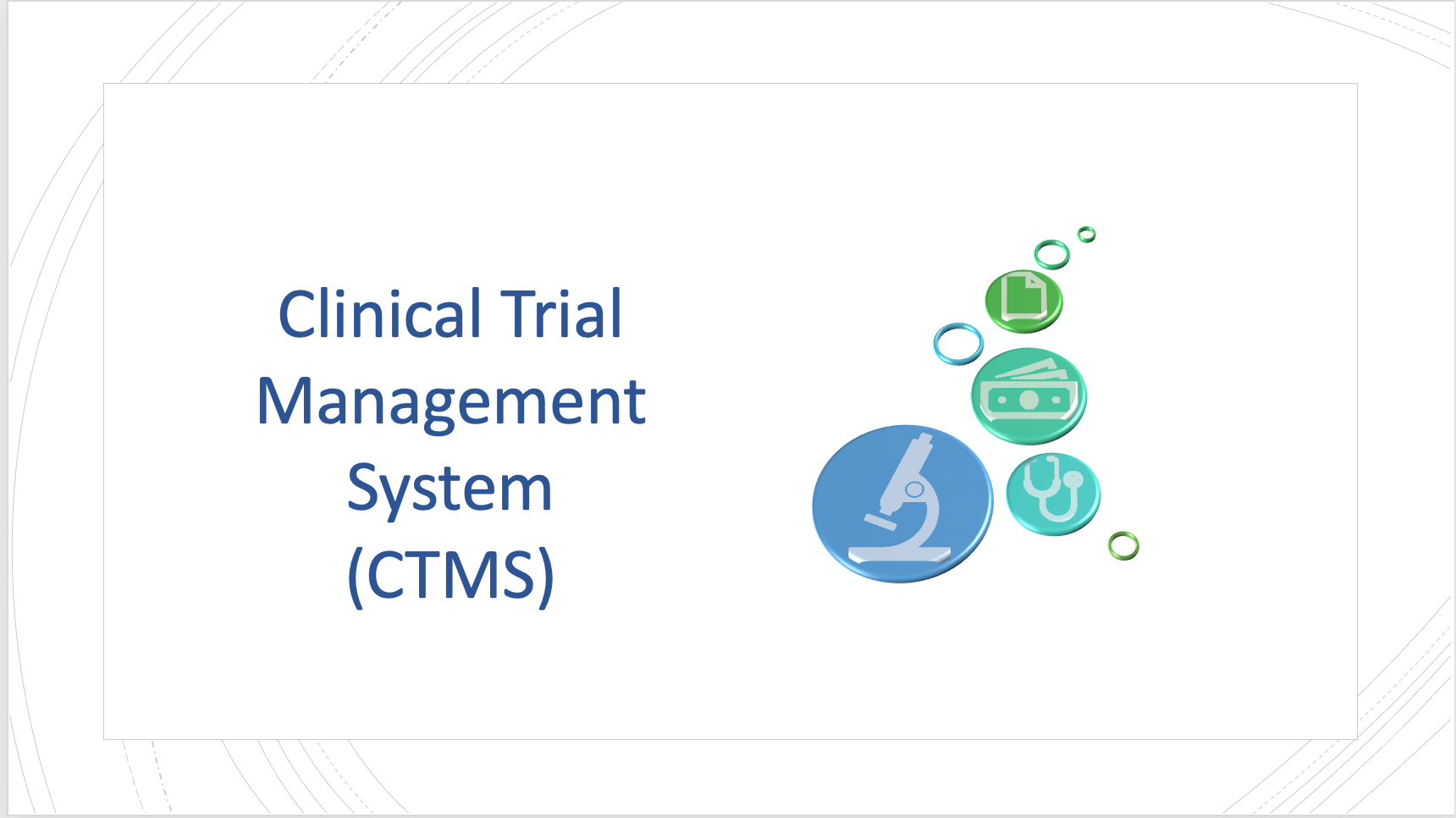If you are looking for clinical research positions and have no experience in terms of clinical trial management systems (CTMS), in this article you will be able to understand how this system facilitates the process of monitoring.
Before moving to how the CTMS helps the clinical research associate (CRA), let’s review the main responsibilities of a CRA: planning and conducting monitoring visits, sending confirmation and follow up letters to the clinical site, source data review (SDV), and source data verification (SDR), and writing monitoring reports. The core activity of the CRA is monitoring and all their tasks are relevant to the monitoring visits. In the CTMS, the following items are recorded: list of the sites and study staff, number of patients enrolled in each study/site, date and time of the different visits including pre-site selection visit (PSSV), site selection visit (SIV), the last interim monitoring visit (IMV), and record of any communication with the site. Therefore, the CTMS facilitates the process of monitoring in all steps including planning, conducting, and follow-up.
Plan the monitoring visit
After a site is activated, the monitor needs to conduct an IMV (the frequency of IMV is determined in the monitoring plan). CRA can edit, create, or delete monitoring visits in CTMS. The CRA has a list of all upcoming site visits and details regarding the visit in the CTMS. For each visit, the activities of the monitoring can be included in the CTMS; for example, reviewing regulatory binder, informed consent, meeting with the PI, etc. Also, the CRA can include whom they are going to meet during the visit. In addition, writing confirmation letters that need to be sent out to the sites can be completed easily by using this system. When writing the letter all data including the date, name, and address of the site, protocol number, and monitoring activities are automatically merged into the letter and the CRA only needs to add some details to it and send it to the site.
Conduct the monitoring visit
The CRA can enter the action items that need to be completed for the next visit to the CTMS. Usually, the CTMS is connected to the EDC so, once the CRA completes SDV or SDR they can easily check that in the system and the CTMS will automatically be updated.
After the monitoring visit
Writing the report is required after each monitoring visit. Similar to the confirmation letter, all the data about the site and visit is automatically merged in the letter. In addition, a follow-up letter is required after each visit and this can also be generated through the CTMS.
As stated in my previous article, the main function of the CTMS is to manage clinical trials. Using CTMS in monitoring visits increases the accuracy of visits and facilitate the process of monitoring.

